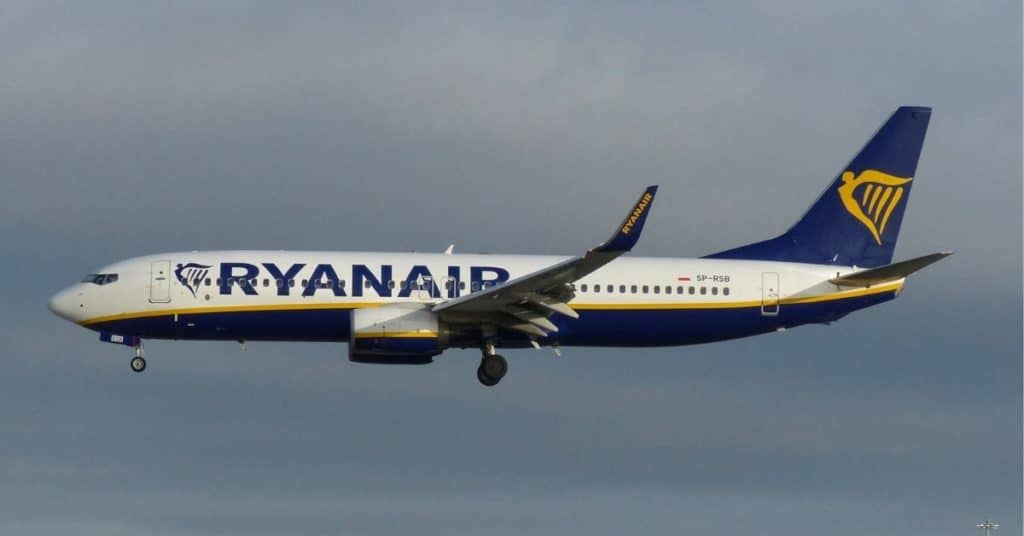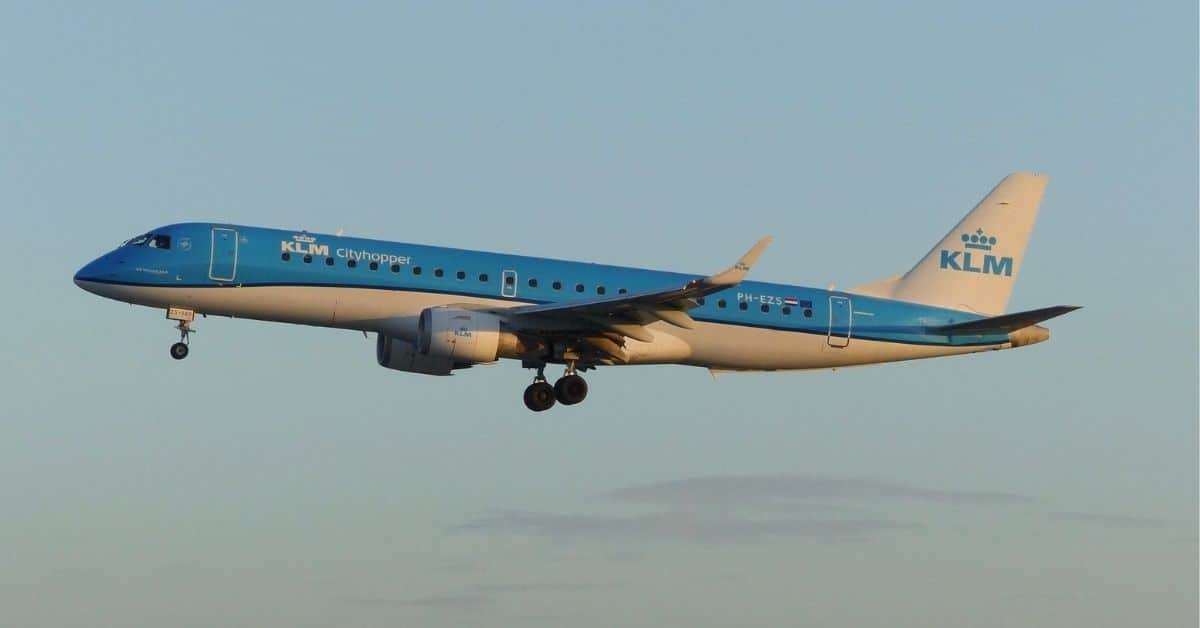During the landing phase of flight, it is not uncommon to feel the aircraft “accelerating” close to a touchdown. This feeling of acceleration can occur due to several factors.
In most instances, however, the feeling of the aircraft accelerating during landing is due to the pilots making small corrections to the thrust settings to counteract the possibility of a firm landing.
Why Do Planes Accelerate When Landing?
The slight increase of thrust when the aircraft is on approach and landing is mainly due to the requirement for small speed adjustments to be made.
Although a small incremental increase of thrust may be made via throttles during approach and landing, larger increases of thrust should not be required at this phase of flight.
The aircraft at this phase of flight should be stable on the approach, in terms of speed, direction, and altitude.
The approach profile being followed can vary, however on large commercial aircraft this typically involves an Instrument Approach, in which the aircraft follows the Localiser (Horizontal Guidance) and the Glideslope (Vertical Guidance) to the runway.
An aircraft is considered stable on the approach once these flight parameters and related checklists have been completed.
These procedures include the approach and before landing checklists, in which the flight crew configures the aircraft for landing.
This configuration includes arming the speed brakes, extending the flaps incrementally, and extending the landing gear.
If procedures and checklists are followed correctly, there should be a minimal requirement for major control inputs to be made prior to touchdown.
However, in some instances, more firm inputs on the power settings and controls of the aircraft may be needed.

Reasons for an Aircraft Accelerating During Approach
Weather: During weather conditions such as strong winds, the flight crew may be required to counteract a crosswind with firmer control inputs such as pitch, directional, and speed adjustments. This is required in order to maintain a stable approach profile.
Go-Arounds: In the event of a go-around, in which the aircraft aborts its landing attempt, full power will be applied on the throttles (also known as Takeoff Go-Around power – TOGA). In this scenario, full power is required to safely execute the go-around. Go-arounds can occur for several reasons.
Windshear: Wind shear is a sudden change in windspeed and/or direction over a short period of time. This erratic shift in wind direction and speed can be a dangerous condition for an aircraft at low altitudes. A wind shear encountered during the approach phase makes a go-around necessary.
Due to the danger of wind shears, modern commercial aircraft are fitted with a weather warning system (often integrated into the GPWS) which alerts the pilots with aural warnings of wind shear.
Minimal Corrections: As mentioned above, there is often a need for minimal corrections to thrust settings prior to landing. This is needed if the aircraft’s approach profile needs minor corrections.
Autothrottle During Landing:
Forming part of the autopilot system, the autothrottle adjusts the speed of the aircraft to the desired setting specified on the autopilot control panel.
Depending on Airline Standard Operating Procedures (SOPs), the autothrottle may be engaged up until the touchdown of the aircraft.
This can reduce the workload for pilots as they may focus on manually flying the aircraft (manual pitch and directional control). The autothrottle can work independently even if other autopilot modes are disconnected.
Typically, the autothrottle is disengaged shortly prior to landing. In Airbus aircraft, this is typically at 10-20 feet, in which the pilots retard the throttle levers.
In Boeing aircraft, this process is similar, however, the exact procedures may differ per operator.
Aircraft Approach Speed During Approach and Landing
In reference to a stabilized approach, the speed profile of the aircraft throughout the approach and landing phases of flight is crucial.
The aircraft’s speed values such as Vapp (Approach Speed) and Vref (Speed the aircraft should be at 50 feet above the runway) are predetermined by calculations made by the Flight Management System (FMS).
These speeds provide a reference for the flight crew when configuring the aircraft for approach and landing.
Read More:
How Often are Planes Replaced?
How Do Airplanes Brake in the Air?

After visiting more than 60 countries, I have probably been on every type of plane there is and visited countless airports. I did my very first international solo trip to South Africa at the age of only 16 and haven’t really stopped traveling since.
Despite the adventurous travel itch, I do have a nerdy side as well – which is satisfied by writing about all things aviation “too boring” for my regular travel blog.

